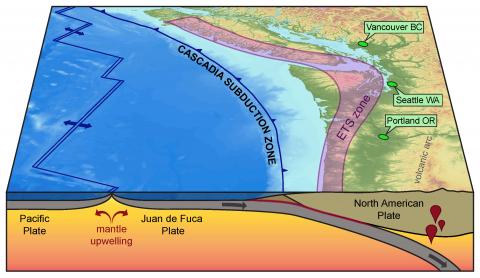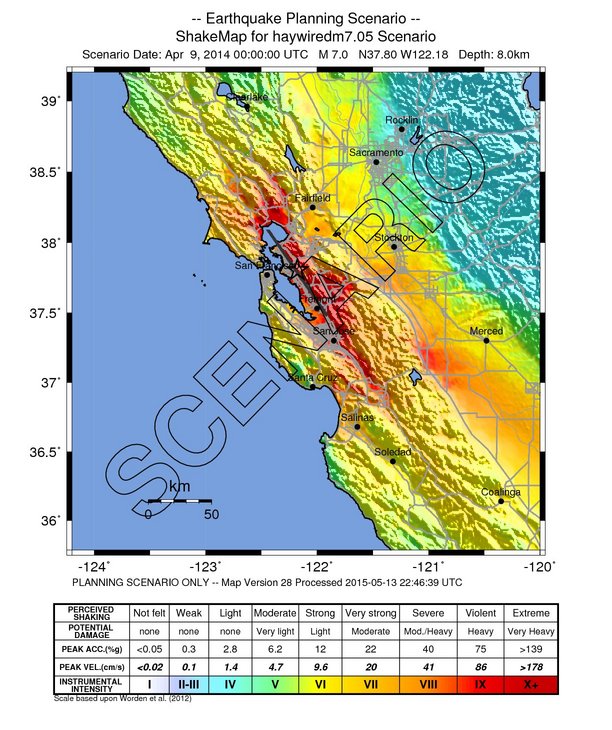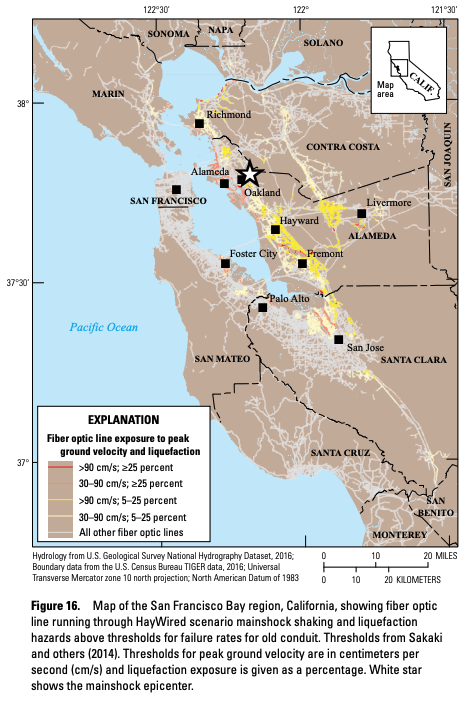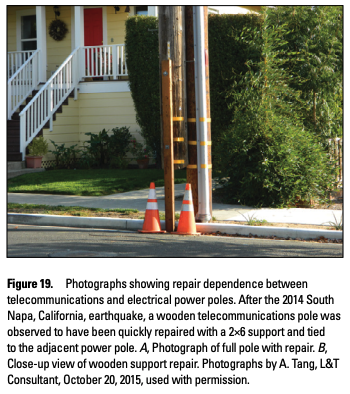Yes, check your calendars—today is Friday! We are happy to bring you a recurring weekly treat of #FaultFriday, where we introduce you to a different fault across the country.
For this #FaultFriday, let's visit Wyoming and check out the normal Teton fault. @WyGeoSurvey recently published a gorgeous new map of the Teton fault below: 

New field mapping of the Teton fault, utilizing lidar data, shows the fault continues further to the north and the south than previously thought, and is a bit more complex. This GIF compares previous mapping (blue lines) to new mapping (red lines).
Geologists were able to improve on past mapping using lidar, a remote sensing method that allows us to effectively see the bare earth through vegetation. Move, trees—there are faults afoot!
For more on lidar, look here: usgs.gov/media/images/c…
For more on lidar, look here: usgs.gov/media/images/c…
This new mapping of the Teton fault helps geologists, seismologists and hazard modelers understand the largest possible size of an earthquake on the Teton fault. Long faults are more capable of hosting large events-you need a lot of room to release a lot of energy! -🐋
• • •
Missing some Tweet in this thread? You can try to
force a refresh













